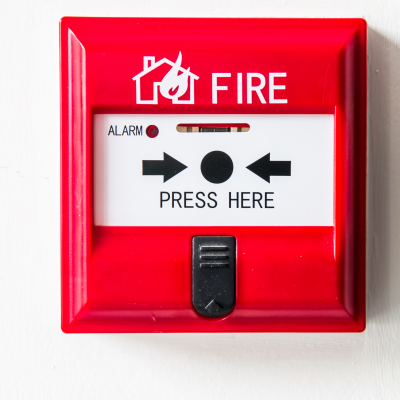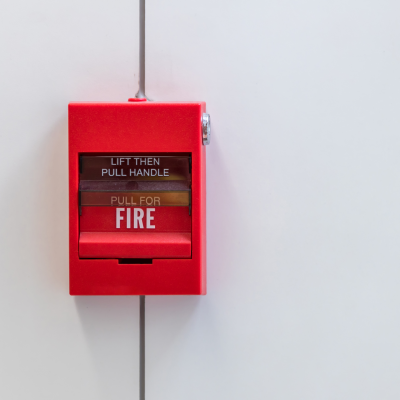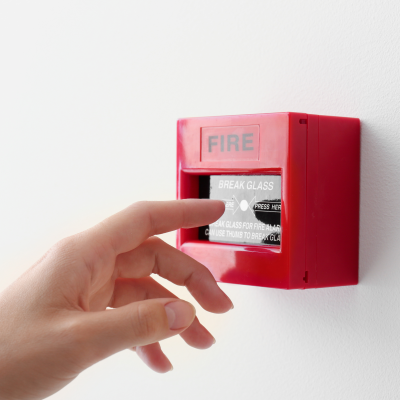17 Feb Fire Alarm Categories
Fire Alarm Categories
Published: 13 February 2025
Have a Kitchen Fire System Project you would like to discuss with us?
Fire alarm systems are crucial for ensuring safety in both residential and commercial buildings. Understanding the different fire alarm categories can help businesses and property owners select the right system for their needs. In the UK, fire alarm systems are classified into different categories based on their purpose and coverage. These are divided into three main types: Category M, Category L, and Category P.
Life Protection Fire Alarm Systems (Category L)
Life Protection Fire Alarm Systems (Category L)
Category L fire alarm systems are designed to protect lives by detecting fire early and alerting occupants. They are commonly used in residential and commercial buildings and are divided into five subcategories:
- L1: Provides the highest level of protection with automatic detectors in all areas, including voids and roof spaces. Ideal for large buildings like hotels and hospitals where early fire detection is critical.
- L2: Detectors are placed in escape routes and high-risk areas such as kitchens, boiler rooms, or storage areas containing flammable materials. Suitable for buildings where fire risks are concentrated in specific locations.
- L3: Covers escape routes and adjacent rooms, ensuring that occupants have sufficient warning to evacuate. Often used in office buildings and apartment complexes.
- L4: Protects escape routes only, ensuring that people can safely exit the building in the event of a fire. Suitable for small commercial properties and low-risk residential buildings.
- L5: Custom systems designed for specific risks in unique environments. These may be installed in factories, laboratories, or heritage buildings where specialized fire detection is necessary.

Property Protection Fire Alarm Systems (Category P)

Property Protection Fire Alarm Systems (Category P)
Category P fire alarm systems are installed primarily to protect property from fire damage. These systems are required in locations where fire can cause significant financial or structural losses. They are split into:
- P1: Provides maximum coverage with detectors in all areas to ensure early fire detection. Recommended for high-value properties such as warehouses, museums, and data centers where fire damage can be catastrophic.
- P2: Limited coverage, with detectors placed in high-risk areas only, such as electrical rooms, storage areas, and locations with valuable equipment. Suitable for businesses looking for a cost-effective solution that balances risk and expense.
Manual Fire Alarm Systems (Category M)

Category M fire alarm systems are manual systems that rely on human intervention to activate alarms. They include break glass call points installed in strategic locations, allowing occupants to raise the alarm in case of a fire.
- Commonly used in low-risk buildings: Typically installed in small offices, shops, and residential buildings where automatic detection is not mandatory.
- Requires occupants to detect and respond to fire: Since there are no automatic detectors, the system depends entirely on people noticing the fire and triggering the alarm.
- Cost-effective but relies on human presence: These systems are more affordable but are ineffective in unoccupied buildings or when individuals fail to react quickly.
Choosing the Right Fire Alarm System
Selecting the right fire alarm system depends on the building type, occupancy, and risk level. Businesses and property owners should assess their fire safety needs and consult professionals to ensure compliance with fire safety regulations.
If you need assistance choosing the best fire alarm system for your property, contact Briggs Fire and Security for expert guidance and installation services.
TRUSTED EXPERTS
Contact us for your company’s fire risk assessment to know for sure what extinguishers are needed in your business.
